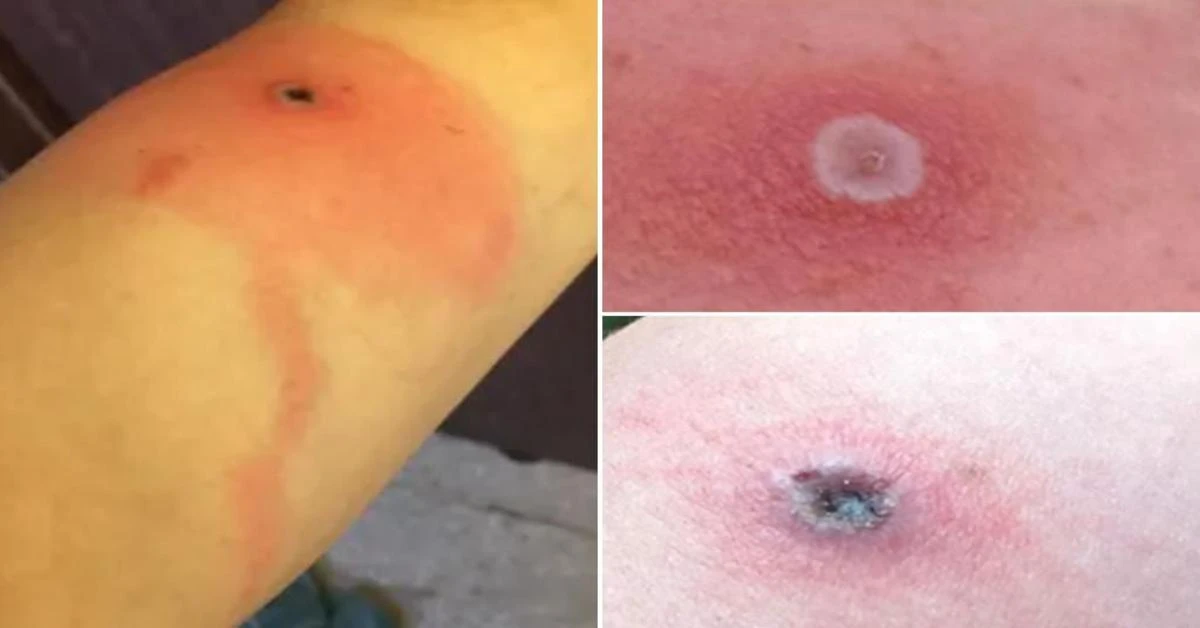First fatal case of Alaskapox confirmed in Alaska

The double-stranded DNA virus belongs to the same genus as cowpox, monkeypox and smallpox
Health authorities in Alaska on Sunday confirmed the country’s first death from the recently discovered viral disease – Alaskapox.
According to the Alaska Department of Public Health, an old man from the Kenai peninsula, south of Anchorage, who was immunocompromised, died during treatment. He is one of just seven cases of Alaskapox.
“People should be more careful rather than necessarily concerned,” said epidemiologist Julia Rogers. Therefore, our goal is to increase doctors’ awareness of the Alaskapox virus so they can recognize the symptoms in patients at an early stage.
The double-stranded DNA virus was first discovered in an adult in Fairbanks, Alaska in 2015. It belongs to the same genus as cowpox, monkeypox, and smallpox.
It is mostly prevalent in tiny animals, such as shrews and voles. It took months to detect the fatal case, which was the first to be found outside of Alaska’s interior. Previous occurrences of Alaskapox had only displayed modest signs in patients, usually a localized rash and swollen lymph nodes.
Health experts stated that while some people who had been identified with the virus did not need treatment, their immune systems were all in good condition.
Authorities said that the man’s immunocompromised state was probably a factor in his demise. It’s still unknown how he got the infection.
The man lived alone in the woods and reported no recent travel. Officials said it’s possible that he could have gotten Alaskapox from a cat he lived with who frequently hunted small mammals and scratched him when his symptoms started.
Although the cat’s test results showed no infection, it may have spread through its claws.
The man was treated with antibiotics after seeing a red lump under his right armpit in September. However, his symptoms worsened and included pain and weariness six weeks later.
In December, he had a “series of tests” while in the hospital in Anchorage, and the results showed that he had cowpox. The Centers for Disease Control conducted more tests and discovered that the illness was indeed Alaskapox.
Health officials noted that although his condition had improved a week after receiving intravenous medicine, the patient passed away in late January due to renal and respiratory failure.
Source: Newsroom



